While noted for their historical charm and timekeeping abilities, some of Montreal’s clocks are reputed to be haunted. Most of Montreal’s haunted clocks are located on St. James Street, an area associated with the extreme desecration of French colonial cemeteries by various financial corporations.
Welcome to the one hundred and third installment of the Haunted Montreal Blog!
With over 500 documented ghost stories, Montreal is easily the most haunted city in Canada, if not all of North America. Haunted Montreal dedicates itself to researching these paranormal tales, and the Haunted Montreal Blog unveils a newly researched Montreal ghost story on the 13th of every month!
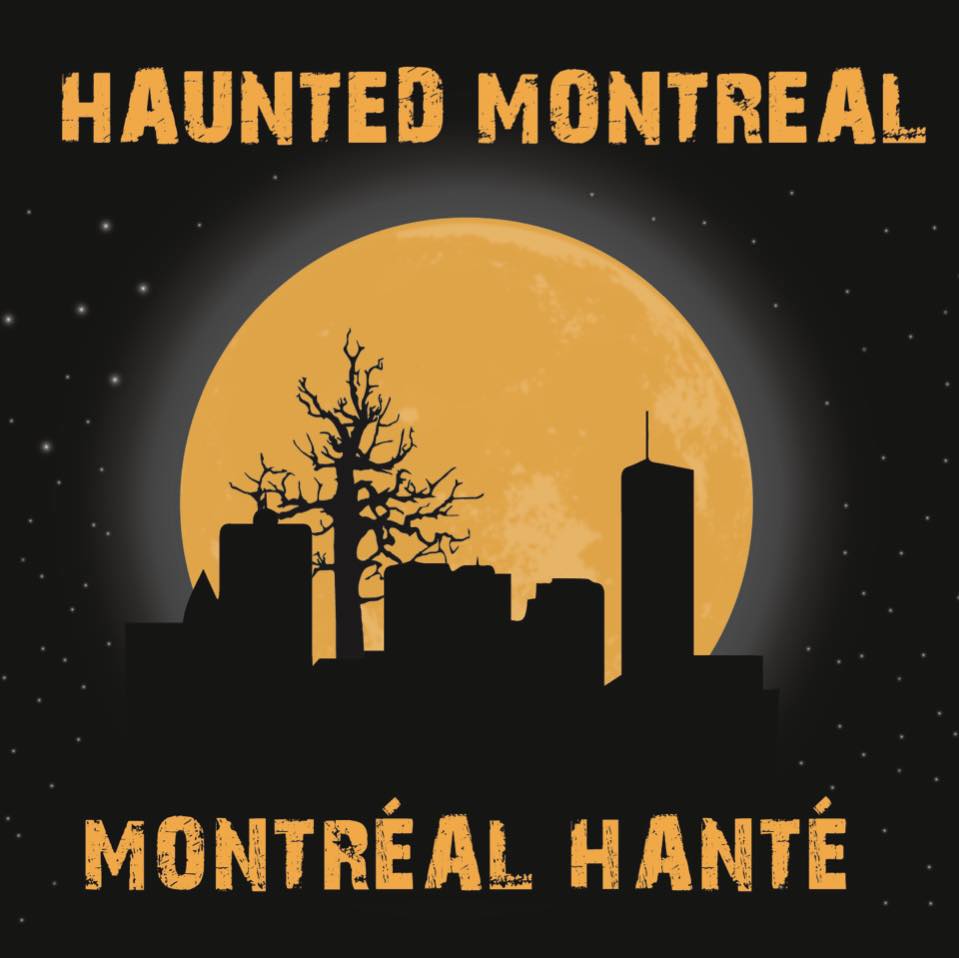
This service is free and you can sign up to our mailing list (top, right-hand corner for desktops and at the bottom for mobile devices) if you wish to receive it every month on the 13th! The blog is published in both English and French!
As we enter into spring, Haunted Montreal is preparing for a whole new season of ghost tours and haunted experiences!

Our first outdoor tour is the special Irish Famine in Montreal Walk on Saturday, March 16 at 1 pm (in English)! Offered only twice per year, this tour delves into the history and ghosts of the Irish Famine in Montreal!
On this walk, we will also experiment with augmented reality to resurrect desecrated haunted sites, including St. Ann’s Church and the Black Rock Famine cemetery!
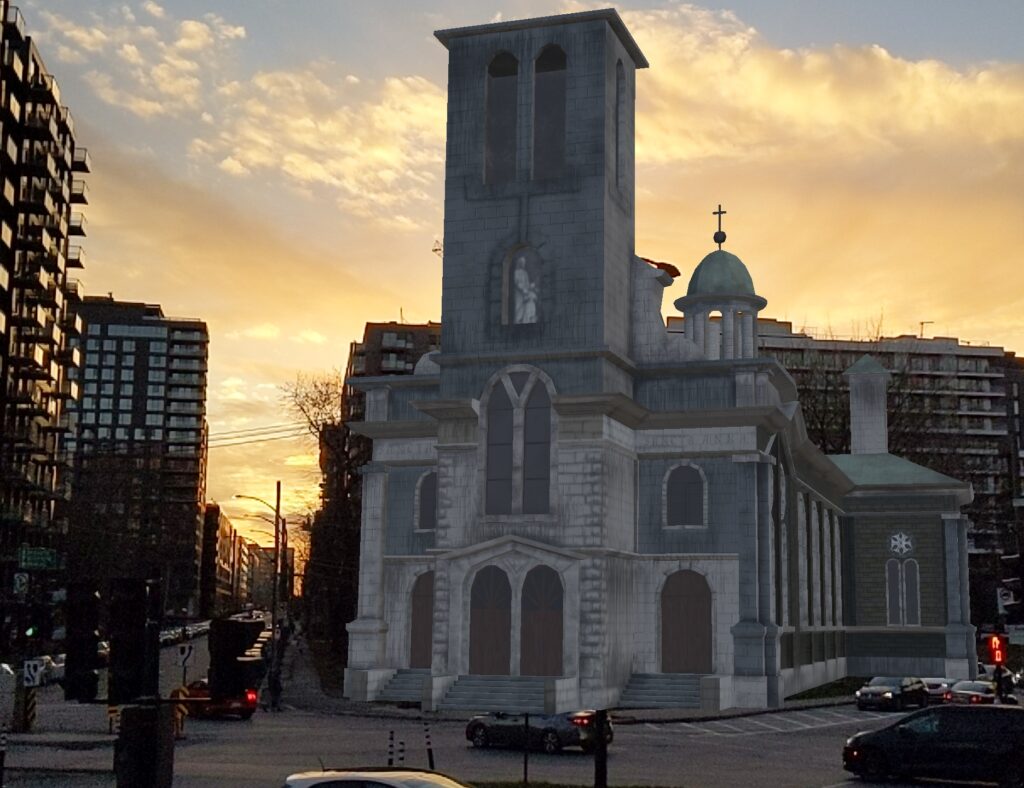
We also offer our Haunted Pub Crawl every Sunday at 3 pm in English. Tours in French happen on the last Sunday of every month at 4 pm.
Private tours for all of our experiences (including outdoor tours) can be booked at any time based on the availability of our actors. Clients can request any date, time, language and operating tour (except Haunted Mountain due to wintry conditions). These tours start at $215 for small groups of up to 7 people.
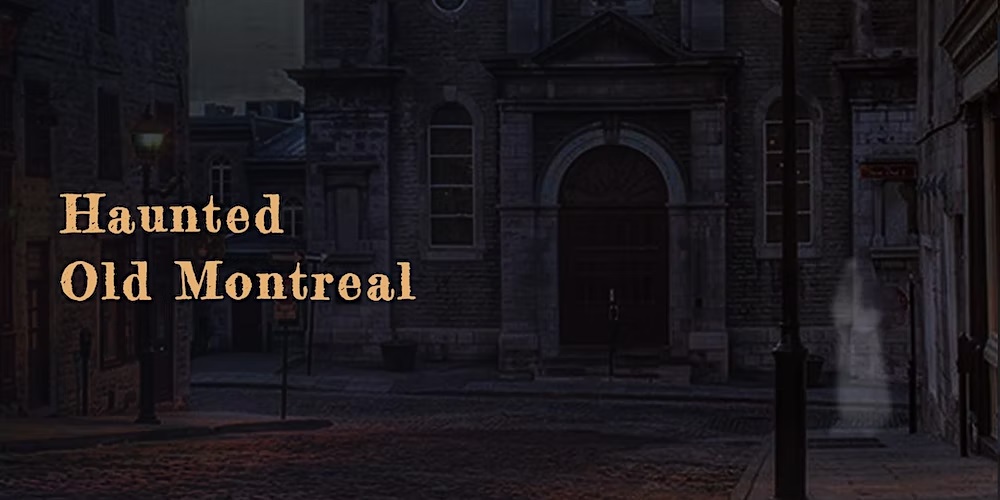
Email info@hauntedmontreal.com to book a private tour!
We also have an online store for those interested in gift certificates and company merchandise. More details are below in our Company News section!
This month we examine the Auberge Saint-Gabriel, a favorite haunt in Old Montreal that is also reputed to reek of the paranormal. While rumours swirl that a little girl and her grandfather died in a controversial fire, Haunted Montreal delves into the real history behind this legend.
Haunted Research
The Auberge Saint-Gabriel is a quaint stone building in the heart of Old Montreal. Reeking of old world charm, it is a popular attraction for tourists and locals alike.
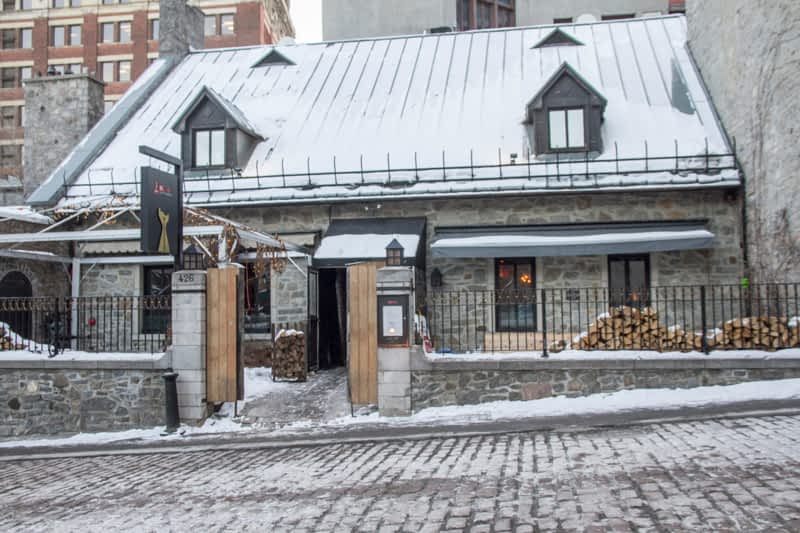
The building was constructed in 1688 by retired French soldier Étienne Truteau as his residence. The following century, Richard Dulong opened the Auberge Saint-Gabriel on the site and it would go on to become the city’s most legendary inn.
Today, the building hosts a fancy restaurant, several dining rooms and even a speakeasy. However, the auberge is also reported to be haunted. From ghostly piano music to the spirit of a little girl who allegedly burned alive during a fire, the Auberge Saint-Gabriel is said to be a hotbed of paranormal activity. The ghostly girl, wearing a Royal Blue dress, has allegedly been spotted and heard laughing on many occasions.

Another claim to fame, according to its website, is that the Auberge Saint-Gabriel was the first inn that opened in North America. The website justifies this because the auberge received “the first liquor license in the country, on March 4, 1754.”
This statement is widely-circulated online and even the Bonjour Québec tourism website boasts: “The oldest inn in North America and the first to be granted a liquor licence under British rule, the Auberge Saint-Gabriel in Old Montréal offers fine dining wrapped in elegance, charm and 300 years of history.”
Such historical claims are undoubtedly good for business.

However, given that European colonization of Turtle Island (today’s North America) mostly began in the 1500s, one might question if no inns existed before 1754.
Historical research reveals that there were indeed inns all over the place dating back to the early days of colonization. For example, on September 19, 1648, the Council of New France granted Jacques Boisdon permission to operate an inn at the address 20, Côte de la Fabrique in Quebec City. Today, a historical plaque marks the site, labelling Boisdon as “Quebec’s first inn-keeper, 1648.”
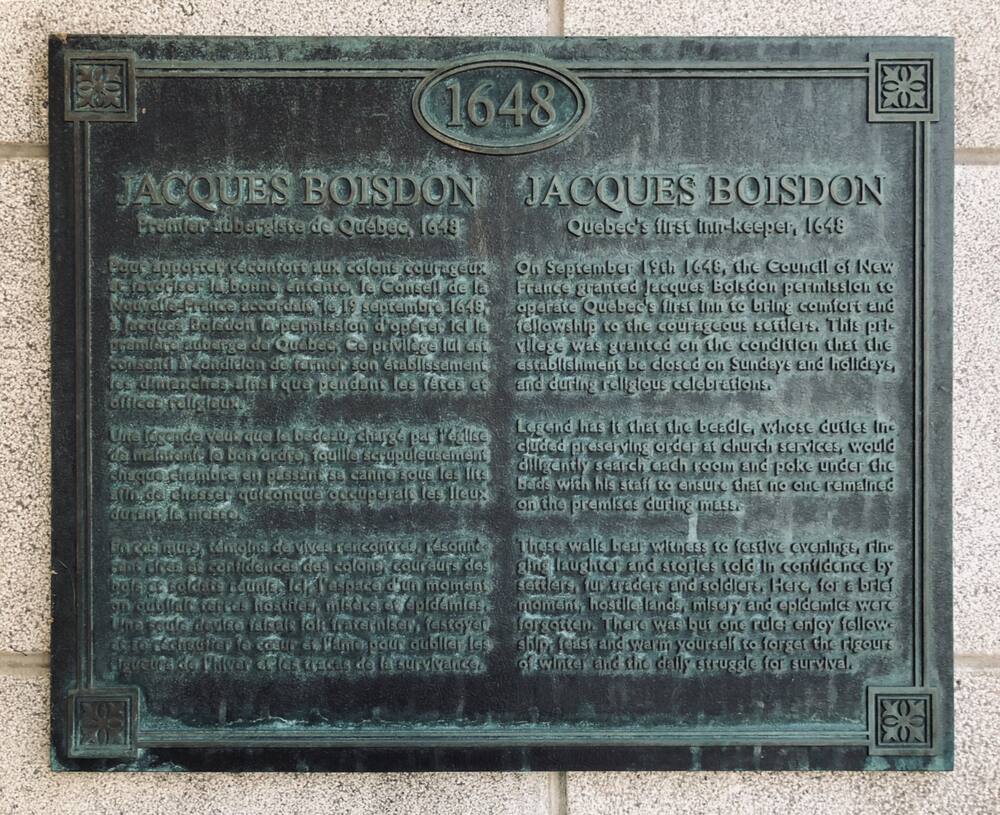
Furthermore, there were many other inns elsewhere across the continent. For example, in Massachusetts, Concord’s Colonial Inn opened in 1716.
Another important point is the fact that the British did not rule Montreal until it capitulated in 1760, thus could not have granted a liquor license in 1754.
If the Auberge Saint-Gabriel’s publicity about being the oldest inn in North America is false, it is possible that the various claims that a little girl haunts it are equally baseless.

There can be no denying that the Auberge Saint-Gabriel has a very haunted reputation. It has been covered by dozens of media reports and websites, most of which claim that the ghost of a little girl haunts the establishment.
In an article for Exemplore titled “13 Most Haunted Restaurants in the World”, author Cristina Vanthulupdated exclaimed that Auberge Saint-Gabriel comes in as number seven on the list. She wrote: “Auberge Saint-Gabriel has had many ghost stories circulate within its walls. The enduring legend says that a child was burned in a fire, and she still roams the restaurant. She can be heard playing the piano from time to time.”
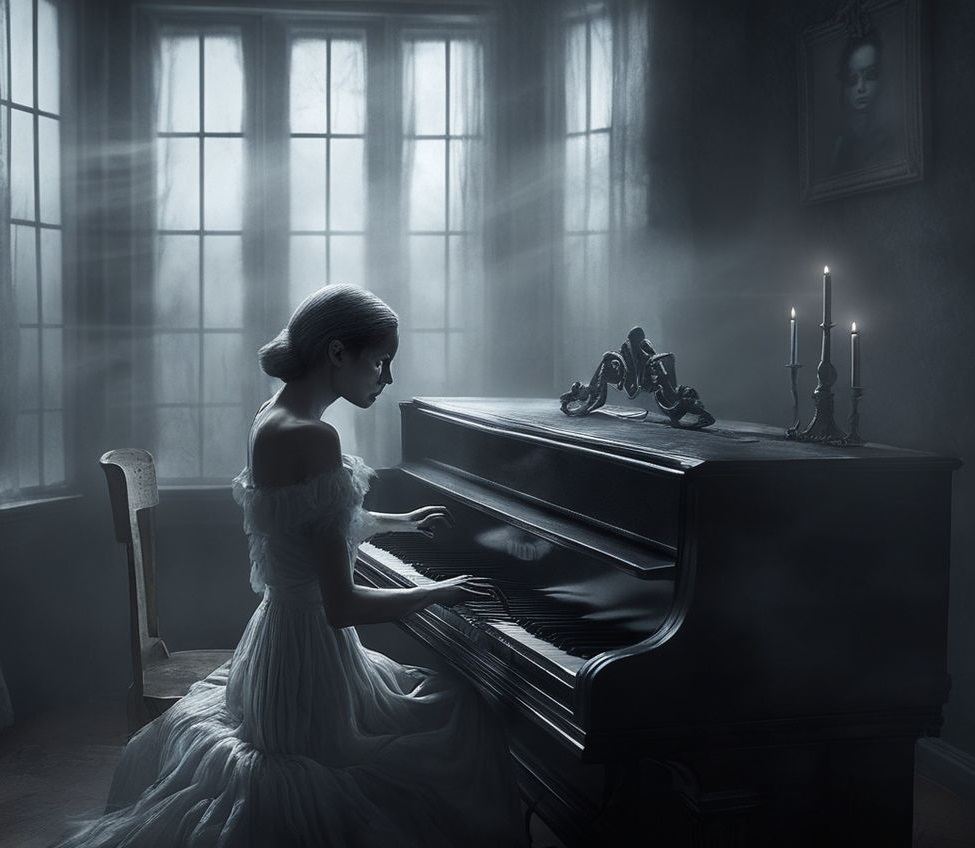
In 2017, Global News covered the haunting. Reporter Matt Grillo statied: “Some insiders tell us there is a ghost of a little girl that was basically burned out in a fire and she can be heard playing piano from time to time.”
Canadian Rail Vacations also recommends dining at the Auberge Saint-Gabriel as part of a spooky train trip across Canada that visits some of the country’s most haunted locations. This scary train vacation also invites clients to partake in the best Canadian ghostly experiences (including our Haunted Pub Crawl!)

Concerning the Auberge Saint-Gabriel, author Brianne Byiers states: “A little girl, who is said to have died in a fire in the nineteenth century, is the most famous of its ghosts, and has been seen on the top floor.”
However, the most detailed version of the tale comes from student journalist Alex Hutchins. He wrote an article called “A glimpse of our haunted history” for The Concordian on October 30, 2018 where he identified influential fur trader Joseph Frobisher as being responsible for the fire.

Hutchins wrote:
“The most notable tale is that of Joseph Frobisher, an affluent fur-trading businessman, who acquired the establishment in 1809. Frobisher needed his business to survive the winter until, come springtime, European tourists would come and buy his fur. Frobisher nefariously ordered the neighbourhood arsonist to burn down his competitor’s establishment, and while he specified that the arsonist should be sure no one was in the building, 12 workers burned to death.”

Hutchins continued:
“The arsonist begged Frobisher for money to flee town, and though he agreed, when Frobisher reached into his drawer to retrieve money, he instead took out a knife and stabbed the arsonist to death. During their altercation, the arsonist’s satchel carrying explosives fell into the fire, and soon the entire establishment went up in flames.”
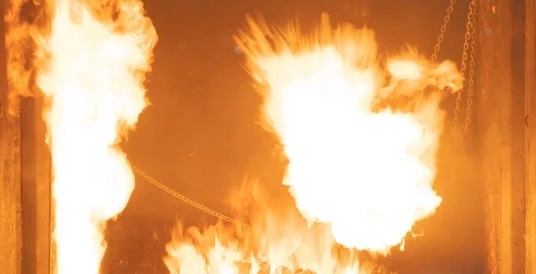
He added:
“Standing on the streets, Frobisher wept in horror as his establishment was engulfed in flames, however it was not for fear of losing his business. His six-year-old daughter was still trapped on the second floor, in the middle of a piano lesson with her grandfather. A small shred of hope emerged when Frobisher saw his father trying to hoist his daughter up to a window to get her out of the house. However, when the window was opened, the oxygen intake fueled the fire and Frobisher watched his daughter and father be incinerated alive. A year later, Frobisher died from nostalgia, a term then used to describe cases where people speculatively died from either grief, fear or suicide.”

Finally, Hutchins concluded:
“On top of the countless inexplicable fires that have since occurred at the Auberge St-Gabriel, present-day staff have reported hearing a piano being played and the occasional laughter of a child.”
Given the murky backgrounds of various legends and ghost stories, it is often worth investigating them thoroughly. Were the authors of these tales taking poetic license – or was the haunted story based on fact?

In the case of the Auberge St-Gabriel, a deep dive into its history is required. Were there actually any fires? Which years did Joseph Frobisher live on the site? Is there any historical evidence that he was responsible for arson?
Firstly, Joseph Frobisher acquired the property in 1777. Their home represented only part of a real estate complex, including offices, stores and warehouses for the fur trade.

In 1779, when he was 38 years old, Frobisher married a sixteen-year-old girl named Charlotte Jobert. She was the daughter of a prominent surgeon who consented to the marriage. Twelve children were born from this union, but only three survived into adulthood.
Given, according to Hutchins, “Frobisher died from nostalgia” a year after his daughter’s fiery death, the fire should have happened in 1809. It is worth noting that Joseph Frobisher died in 1810 – of natural causes.

Records show that the only fire on the site occurred in 1768, when a man named Sabrevois de Bleury was living there. This suggests that the lifespan of the 1754 inn was very short.
After the blaze, he hired mason Jean-Baptiste Coquillard to do repairs and install a firewall between two of the buildings.

If the only fire in the building occurred in 1768, it was eleven years before Frobisher even moved in. Indeed, he hadn’t have gotten married or had children at this point. These facts suggest that the tale is likely bogus.
Furthermore, Joseph Frobisher was among the city’s top elite.
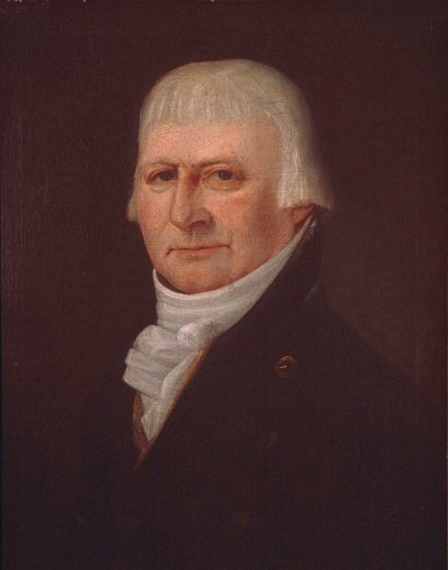
Had he have been an arsonist, why wasn’t he convicted? Why are there no historical records of these claims? Where does this story originate from?
Joseph Frobisher was born in England at Halifax, Yorkshire in 1748. He arrived in Montreal around 1763 with his brother Benjamin. They began working in the fur trade and associating with other wealthy merchants such as James McGill and Simon McTavish.
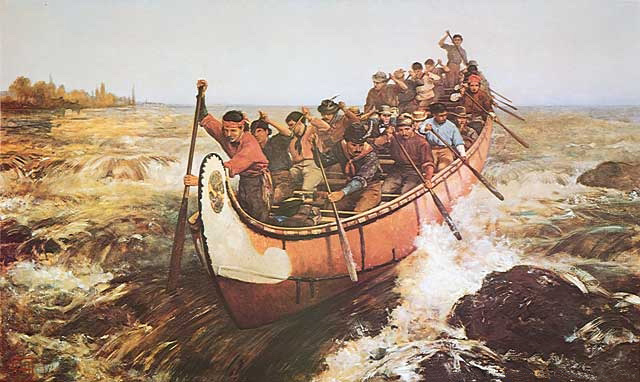
Like their peers, the Frobisher brothers married into prominent French-speaking families to solidify their grip on the fur trade. Before British colonization, this lucrative business was run with great profit during the “New France” colonial period.
In 1775, the Frobisher brothers participated in the founding of the North West Company, a rival to the Hudson Bay Company in the lucrative fur trade. Members of this elite company tended to become wealthy through their various business transactions.
In 1785, Joseph Frobisher purchased several plots of land in the Faubourg Saint-Antoine where he built his luxurious country residence “Beaver Hall”.
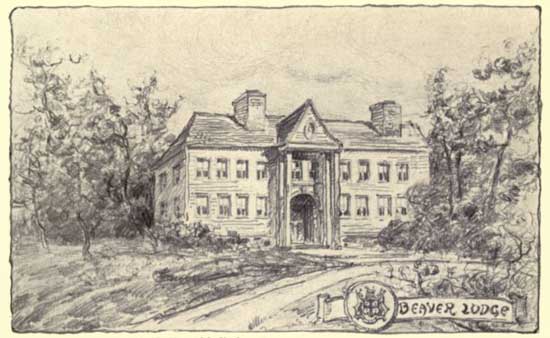
That year, the Frobisher brothers, James McGill and sixteen other founders of the North West Company established the Beaver Club. Membership requirements included having spent at least one winter working in the fur trade outside of Montreal. The club would meet occasionally to hold wild and raucous parties at Beaver Hall and other locations throughout the city. At these gatherings, the men sang voyageur songs, reenacted dangerous canoeing adventures, and engaged in rowdy behavior like breaking bottles and glasses.
The rules and social values of the club reveal the racist underpinnings of the group – its members were exclusively white and male. It is also worth noting that many of them were either slave owners or supported the slave trade.
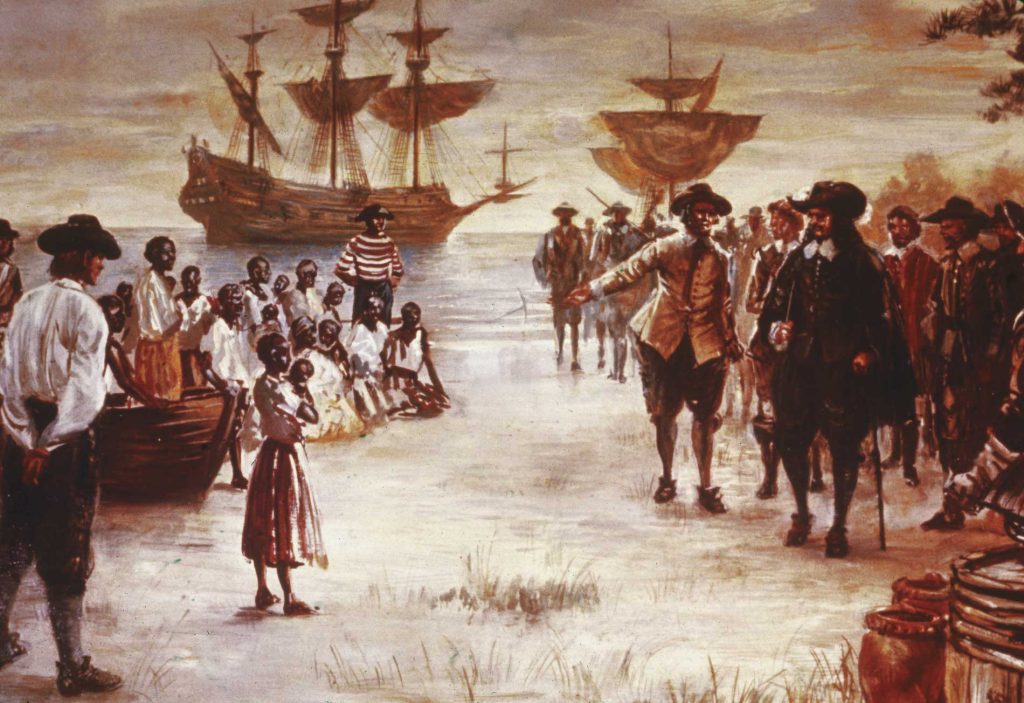
In 1798, Joseph Frobisher retired from the North West Company and, two years later, he sold his rights to fur baron Simon McTavish. He spent the next twelve years making investments and entertaining the city’s elite in his homes, Beaver Hall and today’s Auberge Saint Gabriel. Frobisher also became involved in politics as a Member of Parliament for Montreal East from 1792 to 1796, in Lower Canada.
In 1800, Frobisher held the rank of captain in the British Militia of Montreal and was promoted to major in the 1st Battalion. He also obtained numerous commissionerships, including responsibility for the demolition of the old fortifications of Montreal in 1802.

Joseph Frobisher died on September 12, 1810. He perished at Beaver Hall at age 62 due to natural causes. His corpse was interred at the Christ Church Cathedral on Notre-Dame Street, which has since been demolished. Incidentally, his beloved Beaver Hall burned to the ground in 1847.
Returning to the claims that Joseph Frobisher hired an arsonist to destroy a competitor’s warehouse in 1809, there is simply no evidence that this is true. Firstly, he had retired from the fur business in 1798. Furthermore, the grandfathers of Frobisher’s daughter who allegedly burned to death were not alive in 1809. Joseph Frobisher Sr. died in 1763 and surgeon Jean-Baptiste Joubert in 1798. As such, neither of them could have been giving her a piano lesson on the day of the alleged fire in 1809.

In conclusion, while the Auberge Saint Gabriel certainly looks and feels haunted, there is no historical evidence to back up the legend of a girl and her grandfather burning alive. Like its claim to being the oldest inn in North America, the ghost story is likely also fictitious.
That being said, the Auberge Saint Gabriel is still well worth visiting! This fine establishment guarantees spooky vibes, an excellent menu and professional hospitality!

Furthermore, other paranormal activities that exist at the Auberge are beyond the scope of this blog. Look forward to a Part II that will explore these phenomena!
Company News
Haunted Montreal is preparing for a whole new season of ghost tours and haunted experiences for the 2024 Season!
Our first outdoor tour is the special Irish Famine in Montreal Walk on Saturday, March 16 at 1 pm (in English)! Offered only twice per year, this tour delves into the ghosts of the Irish Famine in Montreal! We are also experimenting with Augmented Reality and guests will be invited to download an iPhone app or see the demolished sites through a tablet!
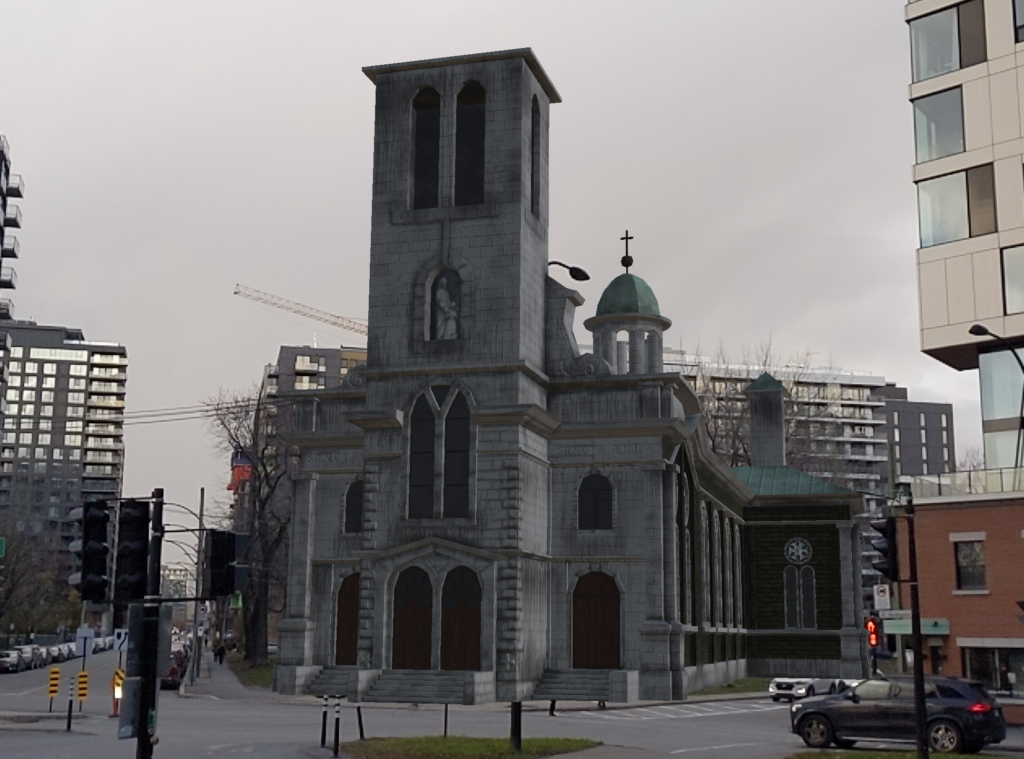
Desecrated Irish Famine sites include Saint Ann’s Church and the Black Rock Famine cemetery! We want audience feedback to see which other historical sites should be resurrected in Augmented Reality!
Our Haunted Pub Crawl is offered every Sunday at 3 pm in English. Tours in French happen on the last Sunday of every month at 4 pm.
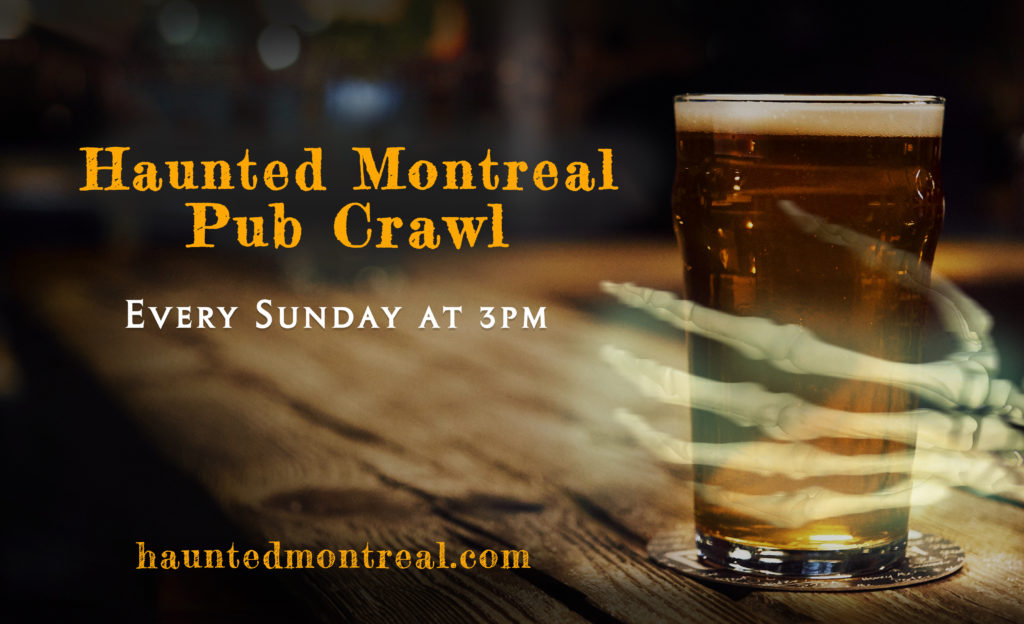
Private tours for any of our experiences (including outdoor tours) can be booked at any time based on the availability of our actors. Clients can request any date, time, language and operating tour (except Haunted Mountain due to wintry conditions) These tours are based on the availability of our actors and start at $215 for small groups of up to 7 people.
Email info@hauntedmontreal.com to book a private tour!
You can also bring the Haunted Montreal experience to your office party, house, school or event by booking one of our Travelling Ghost Storytellers today.

Hear some of the spookiest tales from our tours and our blog told by a professional actor and storyteller. You provide the venue, we provide the stories and storyteller. Find out more and then contact info@hauntedmontreal.com
Our team also releases videos every second Saturday, in both languages, of ghost stories from the Haunted Montreal Blog. Hosted by Holly Rhiannon (in English) and Dr. Mab (in French), this initiative is sure to please ghost story fans!

Please like, subscribe and hit the bell!
In other news, if you want to send someone a haunted experience as a gift, you certainly can!
We are offering Haunted Montreal Gift Certificates through our website and redeemable via Eventbrite for any of our in-person or virtual events (no expiration date).
We also have an online store for those interested in Haunted Montreal merchandise for the holidays. We are selling t-shirts, magnets, sweatshirts (for those haunted fall and winter nights) and mugs with both the Haunted Montreal logo and our tour imagery.

Purchases can be ordered through our online store.
Haunted Montreal would like to thank all our clients who attended a ghost walk, haunted pub crawl, paranormal investigation or virtual event!
If you enjoyed the experience, we encourage you to write a review on our Tripadvisor page and/or Google Reviews, something that really helps Haunted Montreal to market its tours. We are a small, specialized tourism company for fans of deranged history, ghost stories and the macabre and appreciate all the support and feedback we can get!

Lastly, if you would like to receive the Haunted Montreal Blog on the 13th of every month, please sign up to our mailing list.
Coming up on April 13: Montreal’s Gargoyles and Grotesques
High above the streetscape, Montreal is home to hundreds of gargoyles and grotesques carved into the architecture of various older buildings and churches. Sculptors allegedly created gargoyles to drain water and ward off evil spirits, a tradition dating back to mediaeval Europe. Grotesques are similar stone creatures but do not feature any plumbing. Some legends say that gargoyles can communicate with others when the rain passes through their mouths. Other myths claim that gargoyles and grotesques sometimes come to life at night. Montreal’s gargoyles are shrouded in mystery and a local legend from the late 19th Century highlights one of their deranged antics after sunset.
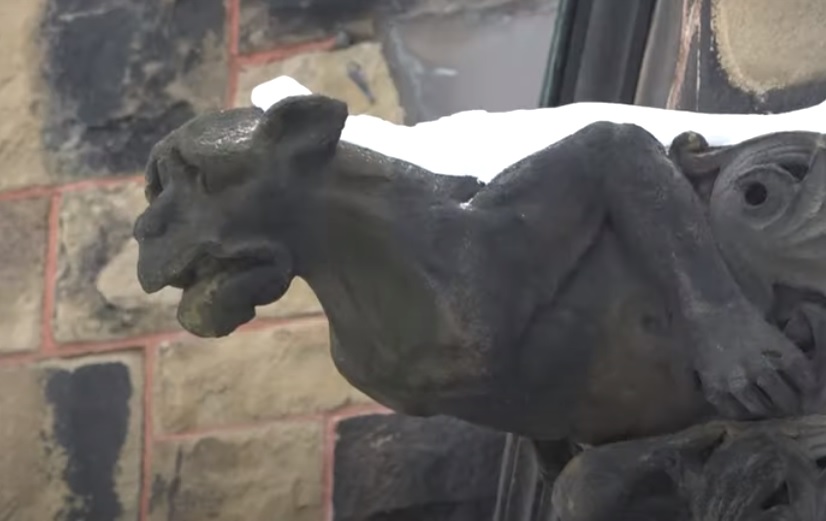
Author:
Donovan King is a postcolonial historian, teacher, tour guide and professional actor. As the founder of Haunted Montreal, he combines his skills to create the best possible Montreal ghost stories, in both writing and theatrical performance. King holds a DEC (Professional Theatre Acting, John Abbott College), BFA (Drama-in-Education, Concordia), B.Ed (History and English Teaching, McGill), MFA (Theatre Studies, University of Calgary) and ACS (Montreal Tourist Guide, Institut de tourisme et d’hôtellerie du Québec). He is also a certified Montreal Destination Specialist.
Translator (into French):
Claude Chevalot holds a master’s degree in applied linguistics from McGill University. She is a writer, editor and translator. For more than 15 years, she has devoted herself almost exclusively to literary translation and to the translation of texts on current and contemporary art.

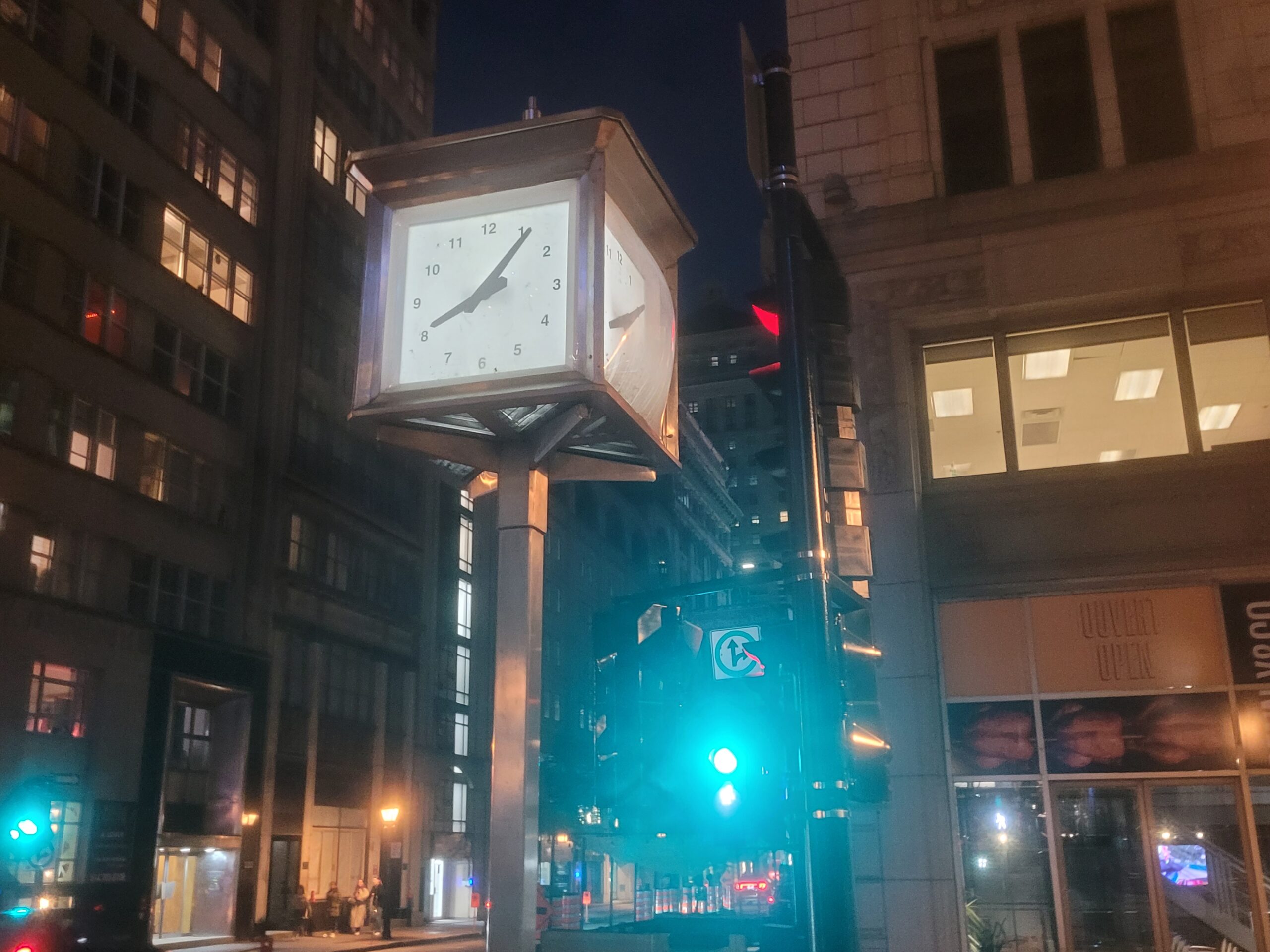

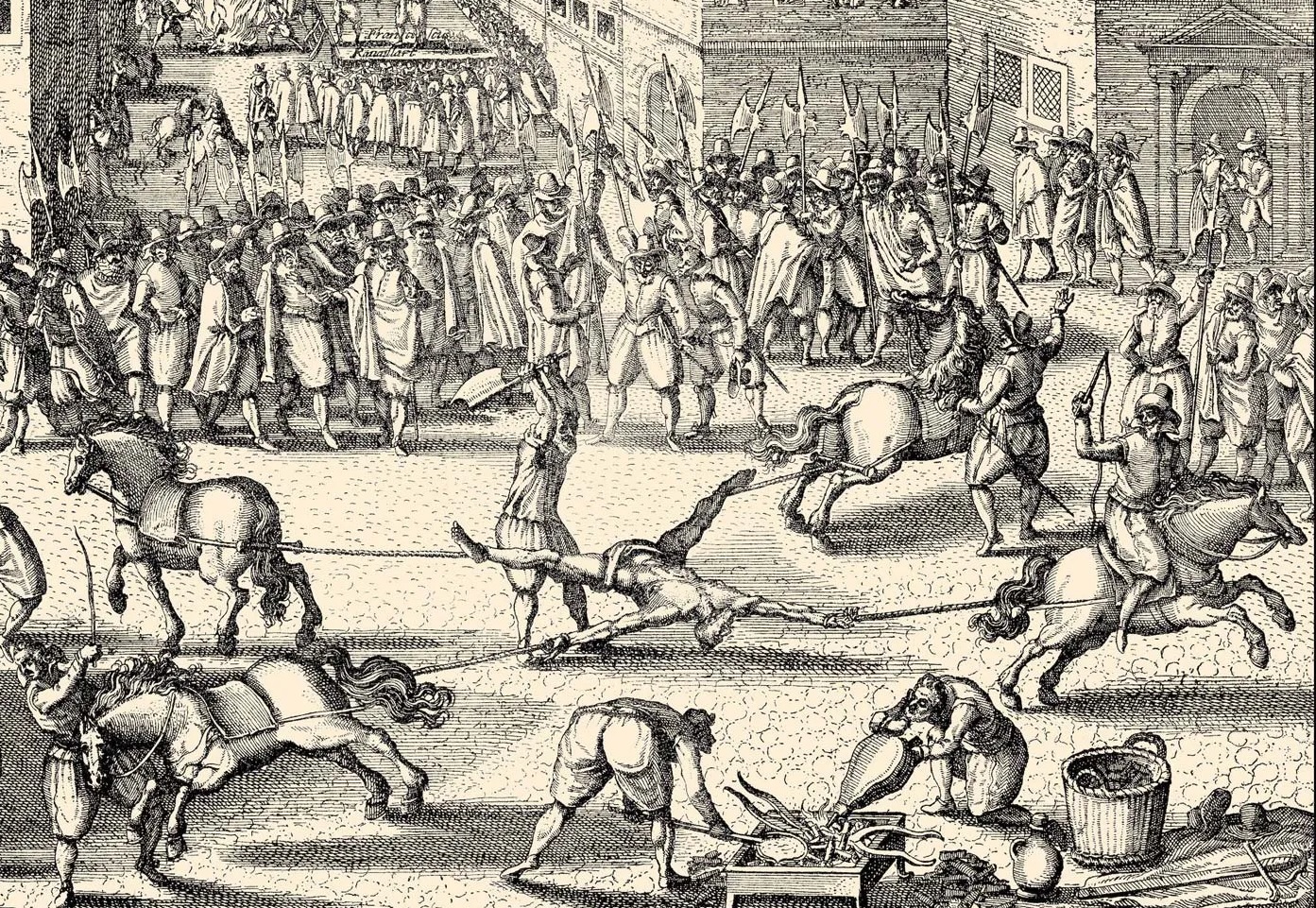
Comments (0)